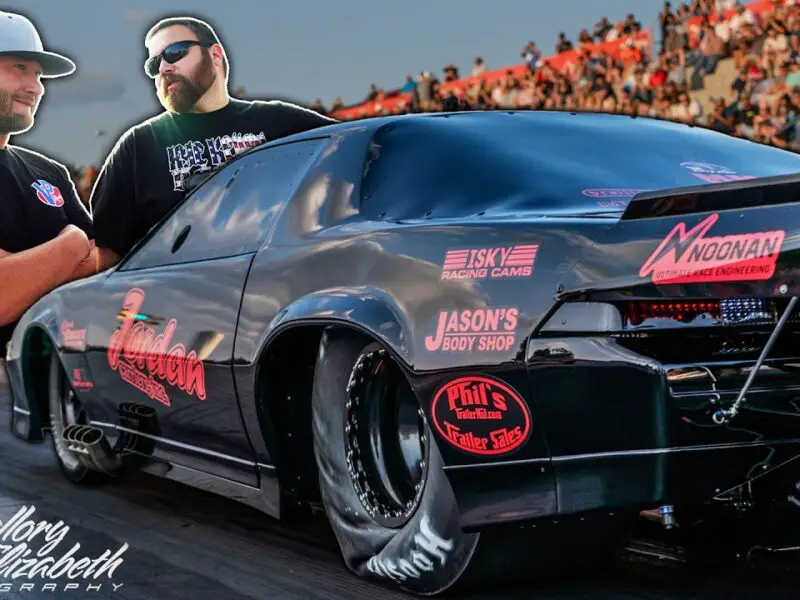Take a look at this, Procharger F4X-136 Controversy after NPK Alabama & Clear Advantage?
In the electrifying world of street racing, every ounce of advantage counts. Recently, the “Street Outlaws” community found itself in the midst of a heated debate surrounding the Procharger F4X-136, and whether its introduction tipped the scales of fairness in the No Prep Kings Alabama event. Let’s delve into this controversy, dissecting the details and its impact on the racing scene.
As the season began, a seemingly innocuous rule change raised eyebrows among racers. A 100-pound weight break was awarded to the tried-and-true F3 136 Procharger, a setup that had dominated the streets for over a decade. This change marked a significant shift in the dynamics of the competition.
However, the plot thickened as the season unfolded. Procharger unveiled the F4 136, a new and improved iteration of their supercharger, which immediately garnered the attention of top-tier racers. With the switch to the F4 136, many drivers shed the 100-pound weight disadvantage, leveling the playing field. Notably, prominent racers like Damon, Nate, and Ryan made the transition, and their results spoke volumes. The last six events were dominated by cars equipped with the F4 136 Procharger.
What makes the F4 136 so advantageous? To understand this, we must examine the specifications. The F4 136 boasts a larger inlet side, higher horsepower ratings, increased CFM, more boost, and a bigger inducer compared to the older F3 136. While Procharger modestly rates their horsepower numbers, in reality, both of these superchargers deliver significantly more power. The F4 136, while maintaining the same weight as the F3 136, produces comparable power to the F4 140, which necessitates an additional 100-pound weight penalty.
Racers who can meet the 2750-pound base weight requirement are opting for the F4 136 setup. The advantages are clear – a lighter car is easier on parts and enjoys a considerable performance boost. The weight reduction alone can translate into a difference of 3 to 5 numbers in the eighth mile, a significant edge in a highly competitive field like No Prep Kings.
As the controversy grew, some racers passionately argued for a rule change to address this apparent imbalance. Their plea was straightforward: either add weight to the F4 136 combination or remove the weight break for all Procharger setups. However, their efforts were in vain, and no immediate rule changes were anticipated for the upcoming race in Texas.
While the controversy surrounding the Procharger F4X-136 continues to simmer, the “Street Outlaws” community eagerly awaits the outcome. With two qualifier races following the Texas event, the possibility of minor rule adjustments looms on the horizon. Whether these changes will bring balance to the competition or further intensify the rivalry remains to be seen.
In the fast-paced world of street racing, adaptability and innovation are key to staying competitive. As racers push the boundaries of technology and performance, the line between fair play and gaining a competitive edge blurs, and it’s the ongoing debate surrounding issues like the Procharger F4X-136 that keeps the adrenaline pumping in the world of “Street Outlaws.”


